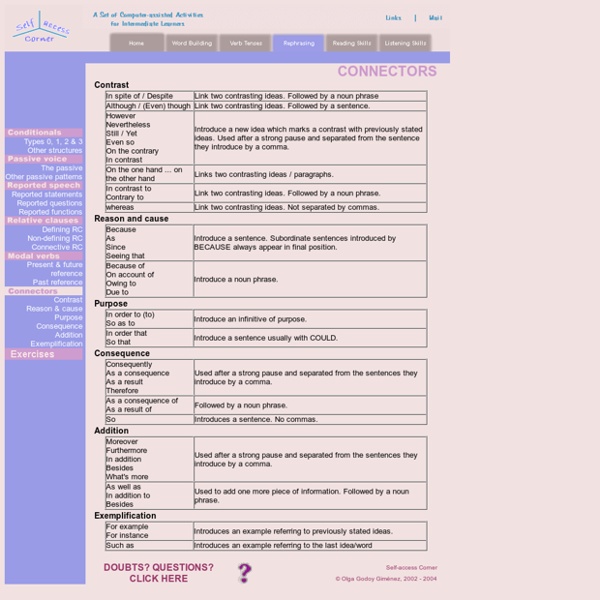



ESL Conjunctions Wheel of Fortune Game ESL Interactive Fun Games Here we have the games carefully laid out for you. Follow the links to browse the variety of games offered. This is only the directory for interactive games and exercises. Our ESL fun games here include : Snakes and Ladders, Hangman, Spelling games, Wheel of Fortune, TV Games(Betting Game), Mazes, Memory Games, Matching exercises, Sequencing exercises, Picture Quizzes, Catch it and more. Grammar Games & Interactive Exercises - Click Here! Games for Practising Grammar: Present simple/present progressive games, past tense games, present perfect games, comparative/Superlatives and more... Vocabulary Games & Interactive Exercises - Click Here! Games for practising English vocabulary: Lots of games by topics and game types Pronunciation Games & Interactive Exercises - Click Here! Games to practice English pronunciation, phonetics and phonics. Reading/Spelling Games & Interactive Exercises - Click Here! Games and exercises to practice reading, spelling and lexis